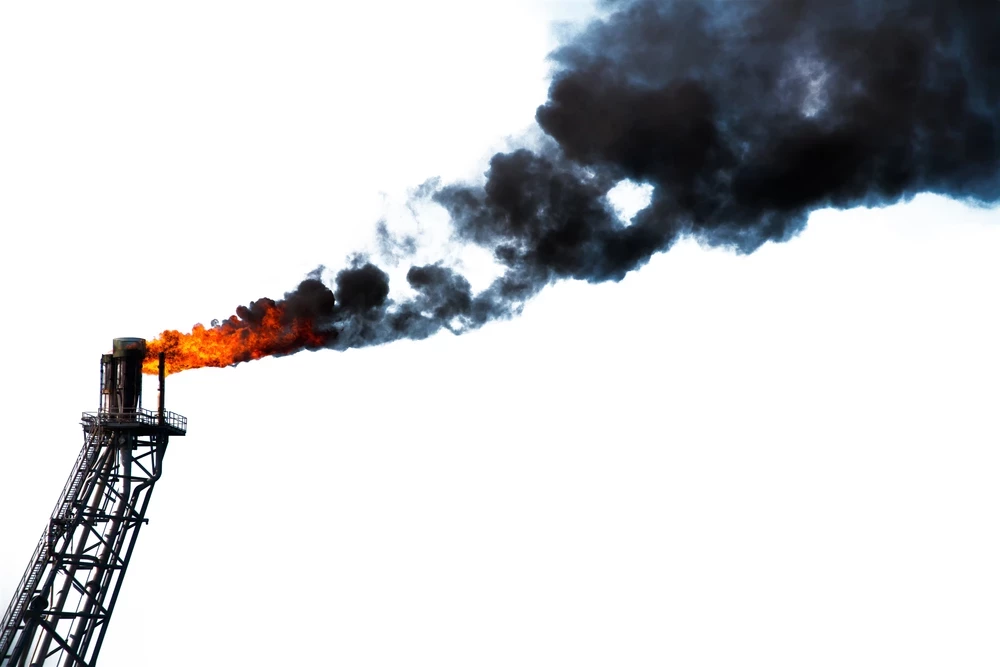India: The Emerging Capital Of Global Oil Refining
Add bookmark
A lot has changed since the commissioning of India’s first oil refinery in the Assamese city of Digboi in 1901.
Extraordinarily, the Digboi refinery is still refining products at the rate of 13,000 barrels per day 111 years after it first opened, making it the oldest working refinery in the world.
Before Digboi celebrates its 112th birthday, the world will see India emerging as Asia’s largest refined product exporter, surpassing former top dog, Singapore.
This is the culmination of a decade-long metamorphosis in which public and private sector companies have helped transform the country from a net importer of petroleum products to a net exporter.
Currently, 17 of India’s 21 refineries are in public sector hands, three in the private sector, and one is a joint venture between Bharat Petroleum Corporation and the Oman Oil Company.
The Rise of the Super Refineries
Behind India’s recent rise in the oil refining league table is the creation of the world’s largest and most complex super refinery.
The Jamnagar refinery was commissioned in July 1999, and went online with a total processing capacity of 668,000 barrels per day.
In 2005, construction began on a $6 billion project to build a second refinery adjacent to the first. Upon completion in 2008, the Jamnagar facility boasted a refining capacity of approximately 1.24 million barrels per day, making the Gujurati Special Economic Zone the de facto global capital of petroleum refining.
In the same supersize vein, 2012 will see Mumbai-based Essar Oil’s Vadinar refinery expand from 370,000 barrels per day to 680,000 barrels a day, making it the fifth largest refinery by capacity in the world.
Future projections
According to the International Energy Agency (IEA), during India’s eleventh five-year plan (2007-2012), public sector Oil Marketing Companies (OMCs) will have added over 600,000 barrels per day in greenfield refining capacity and close to 300,000 barrels per day in brownfield capacity.
India's refining capacity is likely to rise by 15 per cent to 214 million tonnes per annum (MPTA) or roughly 4.5 million barrels per day by the end of 2012. This is set to increase by a further ten per cent in 2013 to 238 MPTA, approximately 5 million barrels per day.
Demand for petroleum derived products is expected to grow by 16.7% over the next five years, whereas the refining capacity of facilities across India is expected to grow by 22.2% over the same period. This leaves the Asian nation with a large surfeit of both capacity and product to sell onto the global markets.
Securing strategic import partners
According to the latest IEA statistics, India is currently the fourth largest producer of oil products as well as the fourth largest net importer of crude in the world, with 80 per cent of its total oil requirement coming from foreign sources.
The recent civil strife experienced across the MENA region has put an emphasis on the importance of maintaining strategic alliances with oil and gas exporting nations.
63 per cent of India’s oil imports come from Middle Eastern sources, with 18 and 11 per cent coming from Saudi Arabia and Iran respectively. With the latter subject to ever-increasing censure from the international community, India may have to look for alternatives further afield to fulfil its energy needs.
With its vast untapped reserves, Africa may be the key. According to Indian Oil Minister, S. Jaipal Reddy: "Today as much as 21.5% of India’s crude oil imports are from Africa. In the years ahead, we seek more crude oil and liquefied natural gas from Africa."
He continued: "With Africa’s economic development picking up momentum and its energy demands rising, India is keen to become a dependable supplier of petroleum products to Africa."
As long as long-term supply partners are confirmed, the sky will be the limit for Indian progress in the global refining sector.
[eventpdf]




















